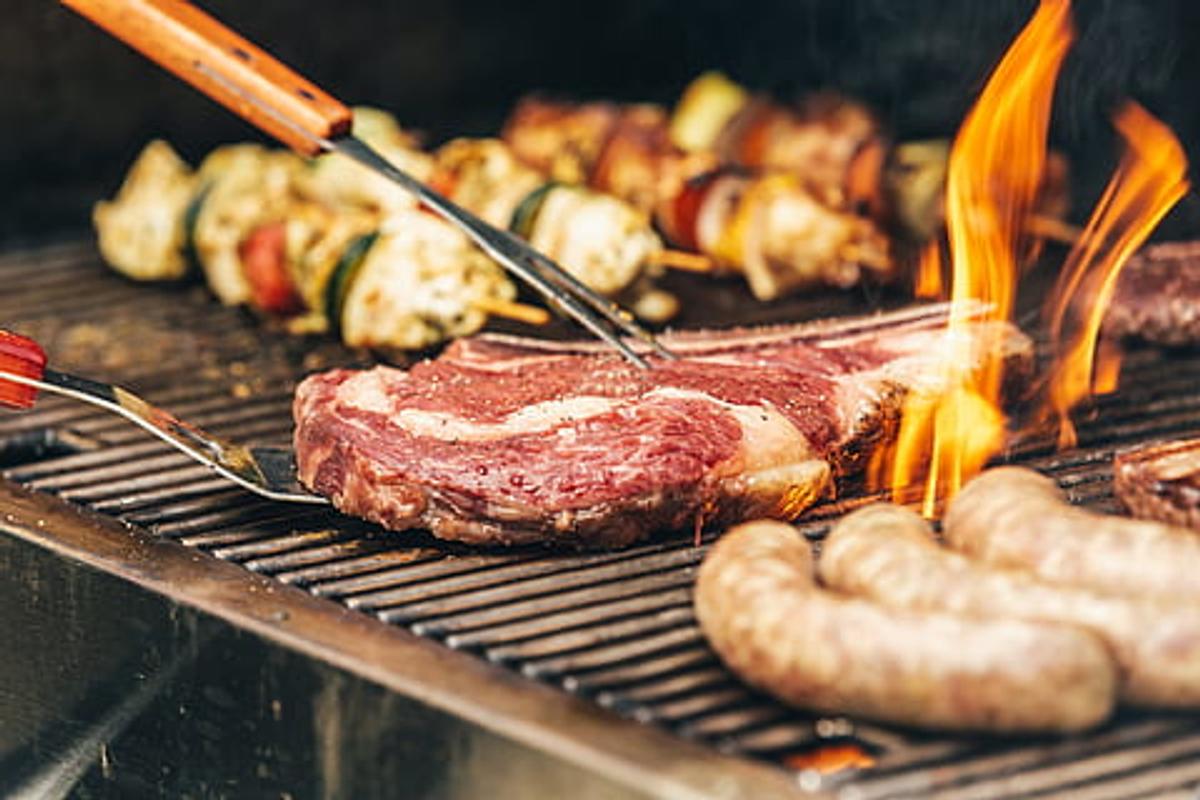Health

Food safety in the home
With the summer holidays approaching, we should be mindful of food safety.
Bacteria that cause food poisoning can grow easily on high-risk foods such as:
dairy products, meat (including poultry), fish and seafood.
Given time and the right temperature conditions, bacteria can multiply quickly to dangerous levels.
Bacteria grow best at temperatures between 5°C and 60°C. This temperature range is known as the ‘temperature danger zone’. To keep high-risk foods out of the temperature danger zone, always keep high-risk foods at the following temperatures:
- above 60°C for foods such as roasts, stews, casseroles, soups and curries
- below 5°C for foods including sliced meats, desserts, dairy products, sandwiches and salads.
- Always defrost frozen food in the fridge or a microwave oven set on ‘defrost’. Defrosting food on the bench top can be unsafe and increase bacteria growth in foods as they defrost.
- Make sure food is cooked thoroughly. Joints of meat and poultry should reach at least 75°C in their centre – this will kill most harmful bacteria. Make sure meat and poultry juices are clear, not pink.
Cook and serve food immediately – never leave high-risk food out at room temperature. Any food left out for more than four hours should be thrown away.
Refrigerate promptly all cooked and perishable food at or below 5°C. Portion food before cooling, for example slice meats and cut large poultry into smaller portions. Place liquid foods such as casseroles in shallow containers (no more than 5cm deep) to allow for rapid cooling and place in the fridge as soon as it stops steaming.
If reheating food, make sure it is reheated until steaming hot and only reheat once.
Do not store food too long, even in the fridge. Keep for a maximum of three days.
Judy Buckley
College Nurse

